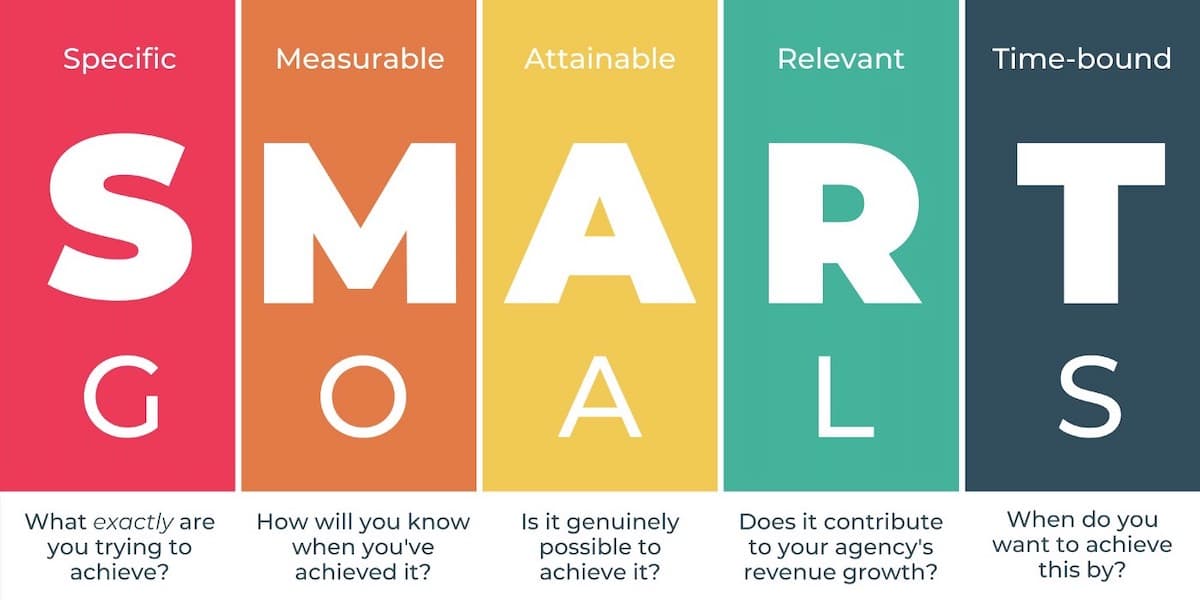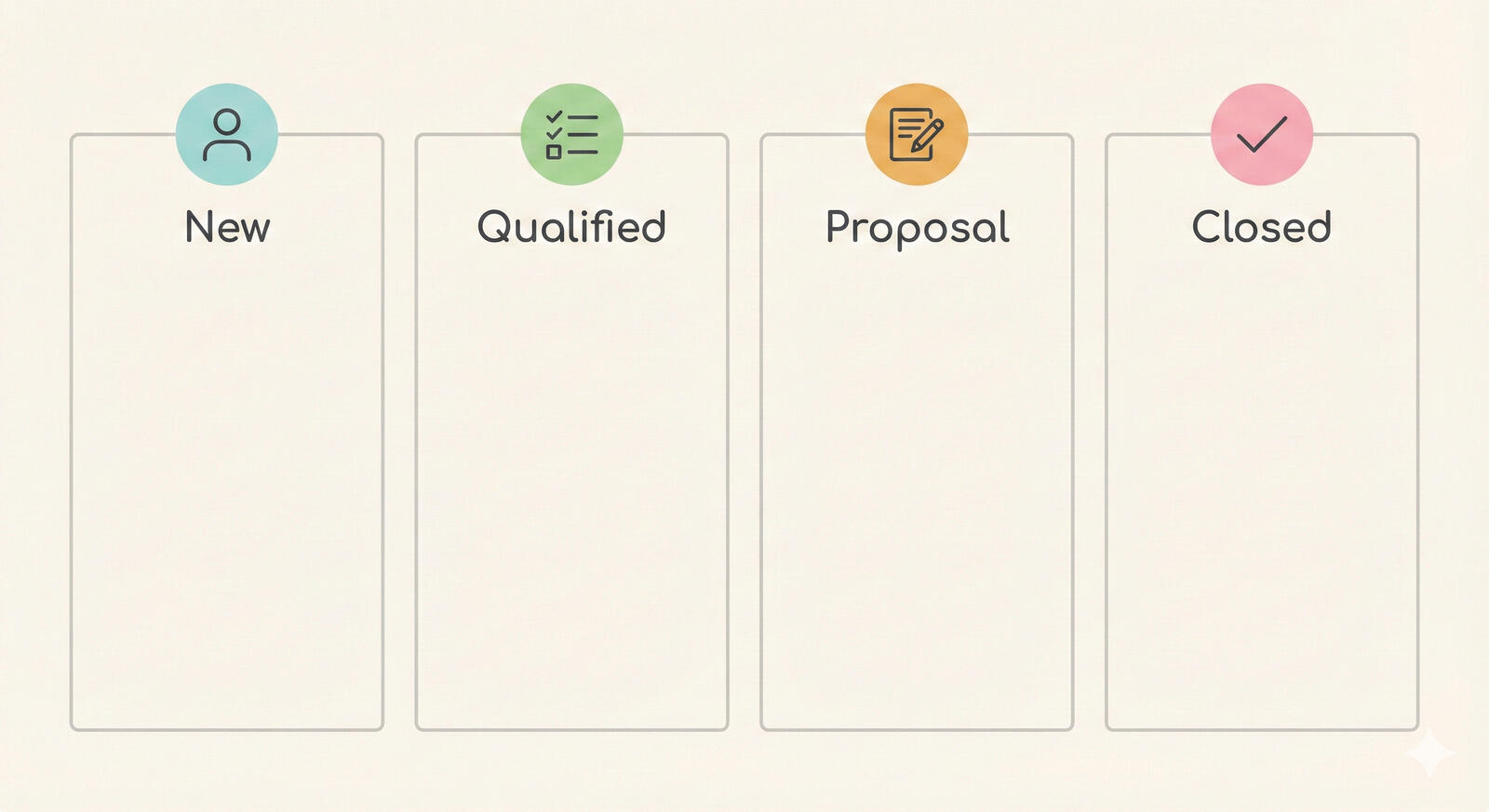10 Tips for Motivating Employees
Every single business out there is launched with a set of goals established for it. As these businesses grow, it becomes evident for the leaders that they can’t do everything themselves and, as such, they start hiring other people.
Now, when you hire a high-quality professional, the goal is usually to keep them on your team for as long as possible but this becomes very difficult if you don’t know how to motivate them in their job.
Unfortunately, statistics show that this is often seen as a non-priority matter and a mere 15% of employees worldwide are actually engaged in their workplace. So, what can you do as a manager to make sure your team members are a part of that statistic?
Keep reading as we go through ten simple but effective ways of keeping your employees motivated and happy to work by your side!

1. Communicate with Honesty
Transparency is key in any type of relationship - work-related or not.
Hiding important information from your employees will cause them to constantly wonder what will happen next and, as human beings, chances are that they’ll more often than not assume the worst-case scenario. That’s simply not the way anyone should feel about their professional life.
We know, of course, that certain numbers and information are very sensitive and scary to share. In those cases, it might seem like a better idea to keep them to yourself. But your employees have a lot riding on the company’s success and they are a key element in the business’s performance.
Therefore, being open about things whether they’re going good or bad is the only real way of being successful. The secret here is to find the right time and circumstances to share each type of information.
Plus, as a leader, you want to set the example. By speaking with your employees openly, you give them the confidence and security to do the same. Instead of looking at you with fearfulness, they’ll see in you a person who they can trust, which will help greatly with our eighth tip. But we’ll get there in a bit!
2. Focus on Your Vision and Goals for the Company
There’s a set of golden rules in the world of business and one of them is that, if you want your company to keep succeeding, you need to have a vision for it. You need to know where you’re going - otherwise, how will you know how to lead your employees in that direction?
So, make sure that you have a clear vision for the business and that each and every one of your employees are aware of it.
Furthermore, you need to establish SMART goals for the company (and revisit them regularly). If you’re an entrepreneur or you’ve risen up to a position of leadership, we’re sure you’ve heard about these goals before. But since it doesn’t hurt to reiterate:
Specific
Measurable
Achievable
Realistic
Timely

With a compelling vision and SMART goals, your team members will know exactly why they step into the office and work hard every day. They’ll have specific targets to aim for and that’ll make everyone’s job a lot more exciting.
Pro tip: Summarize your vision in a short, impactful sentence - almost like a logo - and use it on all your internal communication material. This way your employees will always be reminded of what you’re all working towards!
3. Take Time to Get to Know Each of Your Team Members

Employees aren’t just numbers. Each of them is a different person, with a different personality, different work methods, interests, and personal goals. And as a project manager, you can certainly use all of that information to motivate your team!
So, take some time to learn more about your employees and get to know them on a more personal level. It’s important, of course, that you never forget the type of relationship you’re dealing with. So, how can you get closer to an employee without losing your authority as a team leader? Well, you have many options:
- Schedule weekly or monthly one-on-one lunches with random team members at a time, so you can have conversations you wouldn’t have in the middle of work.
- Organize team-building events so that everyone can spend time together in a different setting.
- Work alongside your employees. There’s no better way of learning about each one’s working method and favorite tasks.
By showing interest and actually listening to your employees, you show them that each one of them is a priority in the company and that’ll motivate them to do more every day.
4. Think About the Aesthetics
Look around your office. Does it scream “Let’s get things done today!” or… “Another boring day at work”?
If you chose the second option, something needs to change.
Now, as a team manager, you’re probably constantly swimming in a sea of tasks that need to get done yesterday, so thinking about the office decor might not be at the top of your to-do list. Fair enough. But what if we told you that 97% of the respondents in a survey about office design see their workplace as a sign that they’re valued (or not)?
Check where your office can improve and start following these tips:
- Make sure there’s plenty of natural light going in during the day.
- Choose comfortable, ergonomic office equipment.
- Add some greenery to the office (cactuses and succulents are very low-maintenance, so they’re a great option).
- Hire cleaning services to come every day (or at least every other day) and ensure everything looks spotless.
- Offer free fruit, coffee, tea and maybe even healthy snacks.
5. Gamify Certain Tasks

A little competition never hurt anyone and, as long as it is always friendly, it can be one of the greatest motivators for your employees. In fact, 89% of employees say that gamification at work makes them feel more productive!
So, foster some fun competition by:
- Creating teams to brainstorm and present their solutions to specific challenges.
- Making a monthly leaderboard for tasks that the whole team has in common.
- If you have a learning program, turning it into a game and rewarding individuals who take time to continuously learn more.
Pro tip: If you see that these competitions tend to get out of hand and they separate your employees more than they bring them together, perhaps it’s time to rethink (or even reconsider) this strategy. If it’s not friendly, it’s not helping!
6. Don’t Hold Back on the Positive Feedback
It’s easy to forget about the importance of congratulating your employees, especially when you have so much work to deal with. However, one great exercise you can do as a team leader is to remind yourself of how big of a difference a simple “Good work!” can make.
Showing gratitude and letting your team members know that you notice all their efforts will push them to do even more and the reason why this happens is pretty simple: they feel valued and that gives them the encouragement to keep doing well and, hopefully, keep receiving your positive feedback.
So what about when things don’t go that well?
The first thing to remember in that situation is that negative feedback won’t lead to anything but frustration, both for yourself and your employee. The best way of overcoming mistakes is to use constructive feedback that will help the other person understand why things didn’t go as planned and what can be changed in the future.
This way, not only will your team see you as an understanding leader, but they won’t be scared of getting out of their comfort zones and grow professionally, which will only translate as a plus for your company.
Pro tip: Don’t wait for the official performance reviews to let your employees know that you appreciated their efforts on a certain project. 32% of employees have stated that they need to wait for over three months to hear any feedback from their team leaders and that can be a bit discouraging.
7. Give Your Team Members Autonomy
So far, we’ve mentioned a few times how important it is that you get to know your employees and keep up with their work. However, if you go too far and get too close, you risk becoming too controlling. And it’s not hard to fall into that trap: in fact, in a survey conducted by leadership expert Harry Chambers, 79% of the respondents stated that they’d been micromanaged at some point in their careers.
It’s important that your employees realize that, although you are a present team leader, you trust them to make their own decisions. This will make them feel like they have a truly important position in the team - which they do - and, once again, will make them feel valued.
Plus, giving your team autonomy means you won’t have as much on your shoulders as well.
It might be difficult at first to let go of some of your responsibilities, especially if you created the company from scratch. But you hired the people in your team for a reason - because they’re trustworthy professionals who you believe can handle the challenges that come with working in your industry. So why not give them more independence?
8. Ask for their Feedback (and Take it Into Consideration)

We’ve mentioned the importance of giving your employees feedback on their work, but this also works the other way around. As a team manager, you should always strive to improve your leadership methods, as well as the company as a whole and there’s no better way of knowing how you can do so than listening to each of your team members.
It might seem a bit daunting to ask for feedback but remember that you set the example. If you start by giving them constructive feedback even when things don’t go well, they’ll likely follow your steps when it’s their turn.
Of course, besides listening to what the team has to say, it’s important that you actually use their opinions to improve. If several people complain about a certain issue, try to understand how you can solve it.
Pro tip: Every three months, send a satisfaction questionnaire to your employees. Besides asking them what they are happy and not so happy about, ask them how you can improve what they’re not satisfied with.
9. Invest in Continuous Learning for Your Employees
No one stops learning once they’re done with school - or at least, no one should stop. Now more than ever, with the ever-growing world of technology, continuous learning has become a big part of anyone’s professional path.
However, for many, doing courses and certifications isn’t a priority because they can be quite expensive. That’s where you, as a team manager, can come into play. The truth is that continuous learning isn’t just valuable for the employee but for your company’s success. In fact,a report by Deloitte showed that professionals who work in companies that invest in their learning culture are 37% more productive and 26% more likely to deliver high-quality solutions.
So, if you’re not doing this yet, next time you revisit your company budget, allocate a part to training. And remember that you don’t always need to outsource trainers. If there’s someone in your team who’s an expert on a certain topic, why not pay them an extra for them to give some classes?
Pro tip: On the satisfaction questionnaire we mentioned before, ask your employees what type of training they’d like to get. Compare this information with what you consider to be valuable for your business and you’ll be able to choose the right courses for the team.
10. Plan Team-Building Activities

Finally, and because it’s not all about work, planning team-building activities can bring your team closer together, which will reflect on their work as a whole. Our suggestion is that you organize at least one big team-building day per year and go all out with it (or better yet, as out as the budget allows).
A few ideas of activities that are fun but also encourage teamwork are paintball, virtual escape rooms, laser tag, or a go-kart race.
Besides this, you can always have more regular team-building activities in the office, like a weekly meeting where everyone says what they’re working on, a monthly team lunch or an occasional happy hour to relax.
Summing Up: Give What You’d Like to Get
Being a good leader who motivates their team members and inspires them to give it their all every single day they step into the office is very much about treating others the way you’d like to be treated. If you put yourself in your employees’ shoes or think back to the first years of your career, you can clearly see how each of the tips we mentioned today makes sense.
Your employees will thank you and your team’s productivity levels will skyrocket. What else could a team leader ask for?








